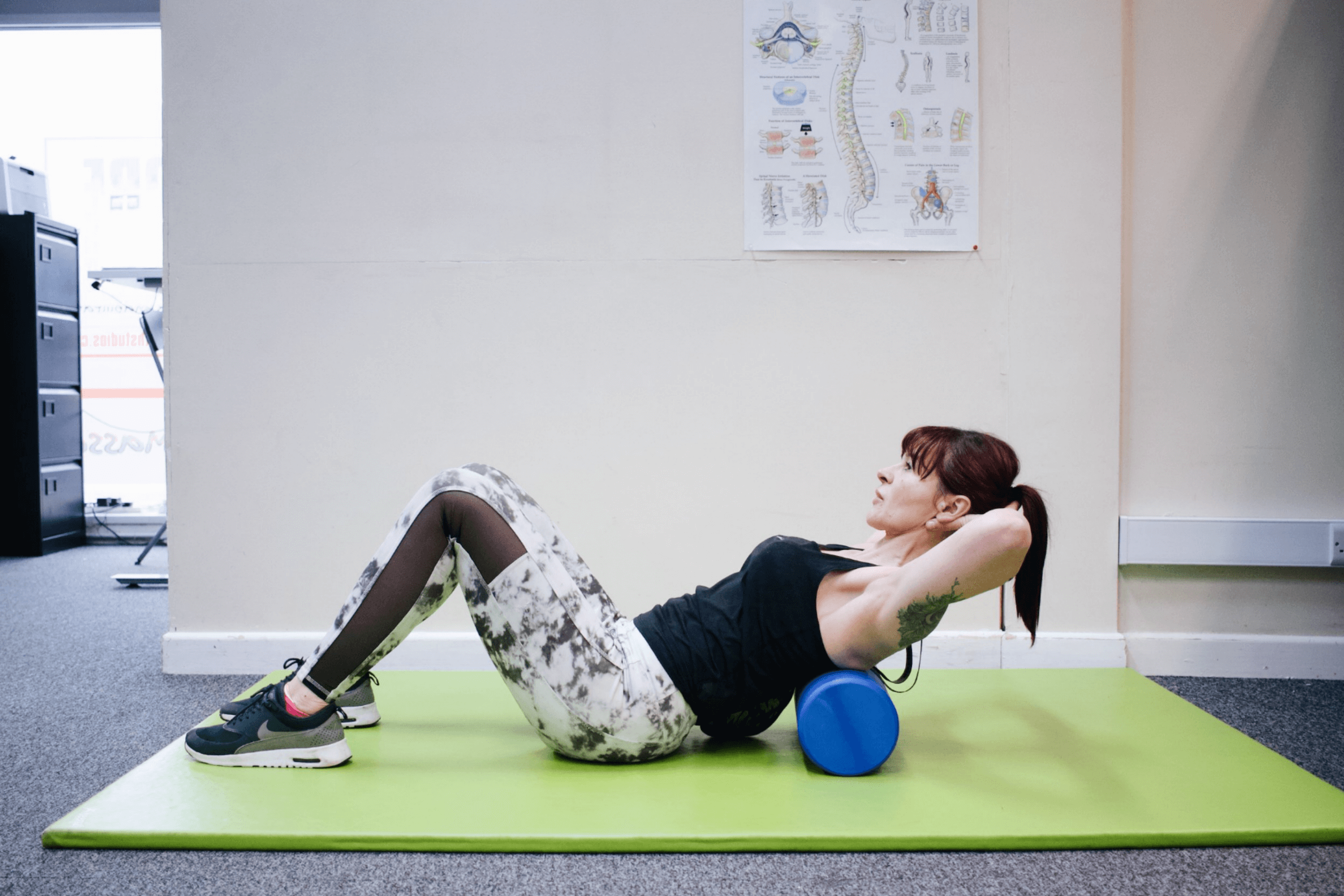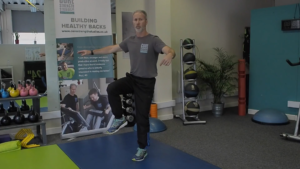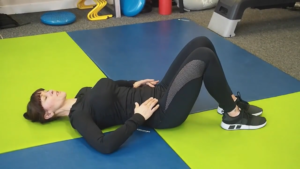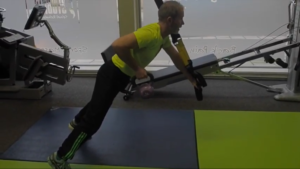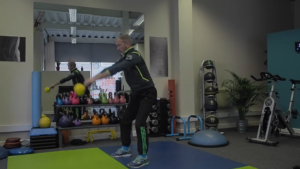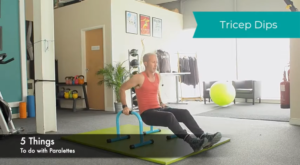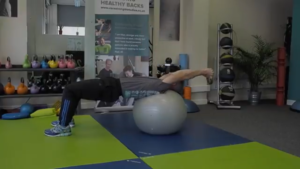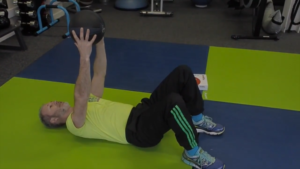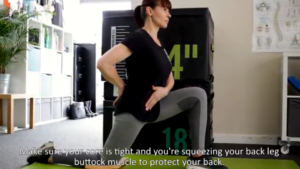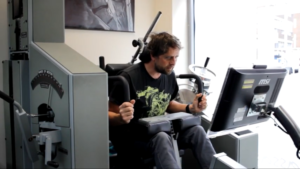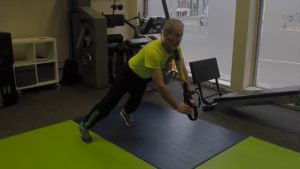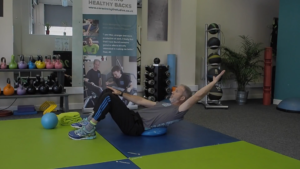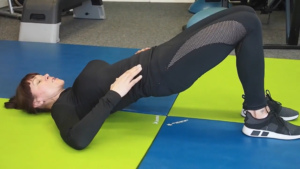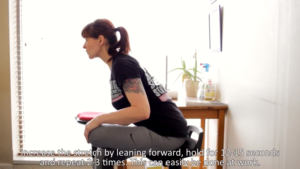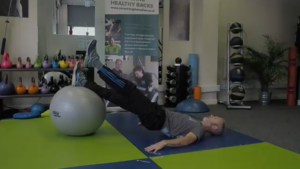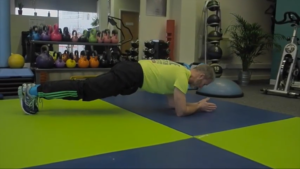One of the things we love the most about core training is that you can do it anywhere with just your bodyweight, making it perfect to do at home. And it’s free, which lets face it, is always a winner.
What if we told you though, that you can challenge your core further whilst increasing your stability and balance at the same time, as well as strengthening more of the deeper core and back muscles AND make it a fun workout?
Sounds good, right? By using some simple pieces of equipment, we’ll show you how to switch up your core training to accelerate your results. All are perfect if you have back pain and will help you get stronger, move more easily and reduce your pain.
Bosu Balance Trainer
Looking like half a gym ball (or a giant jumping popper, remember them?), as it’s name suggests it can really help with balance. By recruiting more of the smaller muscles surrounding your joints, you achieve greater stability which makes it a great rehab tool for knees, hips and ankles.
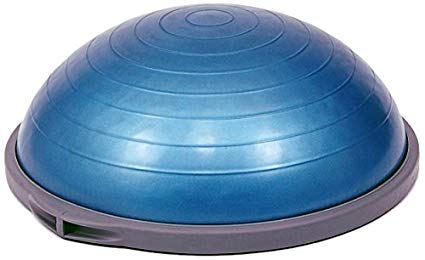
Stability Disc
By creating an unstable surface, this squishy, air filled disc forces you to use your core as you try and balance. Use it in the small of your back, under your shoulders (a particular favourite as the spiky bits give you a bit of a massage!) or even stand on them whilst performing upper body exercises for a real core challenge.
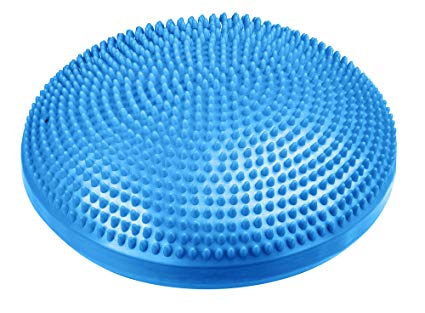
Swiss ball
These giant balls have been around for a while now and are becoming much more mainstream in gyms and training programmes. When you first start using them, you may feel like you’re going to fall off – many a time I’ve rolled off one of these, think of it as an initiation – but stick with it. From increasing your range of motion for simple sit-ups, to providing an unstable support for your legs in a plank, these balls are extremely versatile.
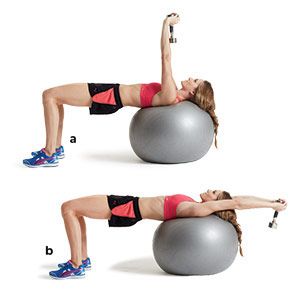
Pilates ball
Think of these as mini, squishier versions of the swiss ball. Named as such as they’re widely used in Pilates classes as a prop to encourage technique, a support for the low back and an unstable surface for certain moves. Place between your knees to maintain your position or, similar to the stability disc, place underneath the low back to increase instability and encourage your core to work more effectively.
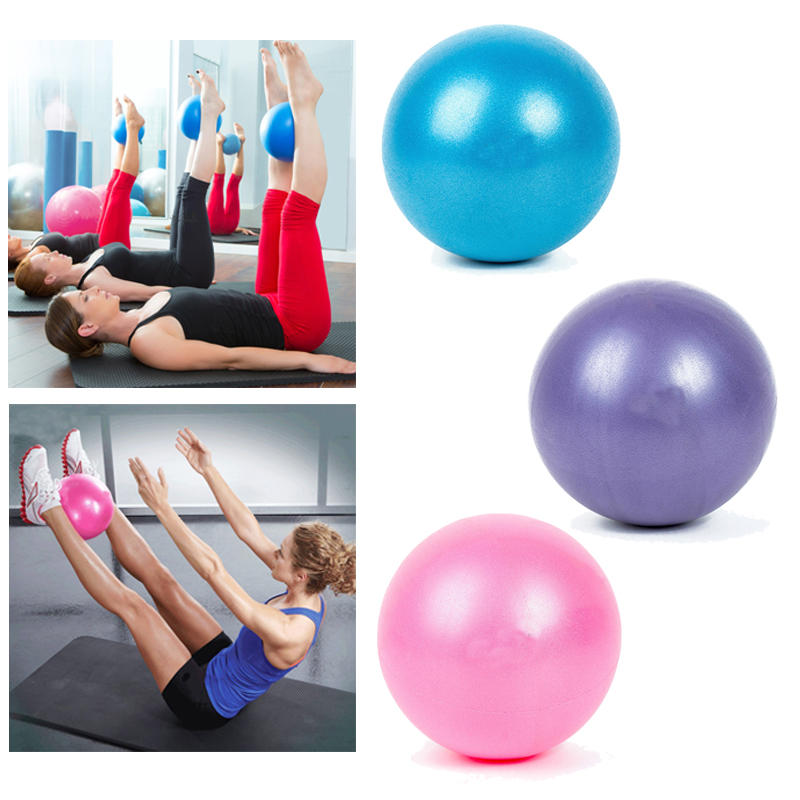
Foam roller
Not just for ironing out knots pre and post-exercise, you can use foam rollers as a support prop as you exercise. Even killing two birds with one stone and challenging your core with moves as you roll.
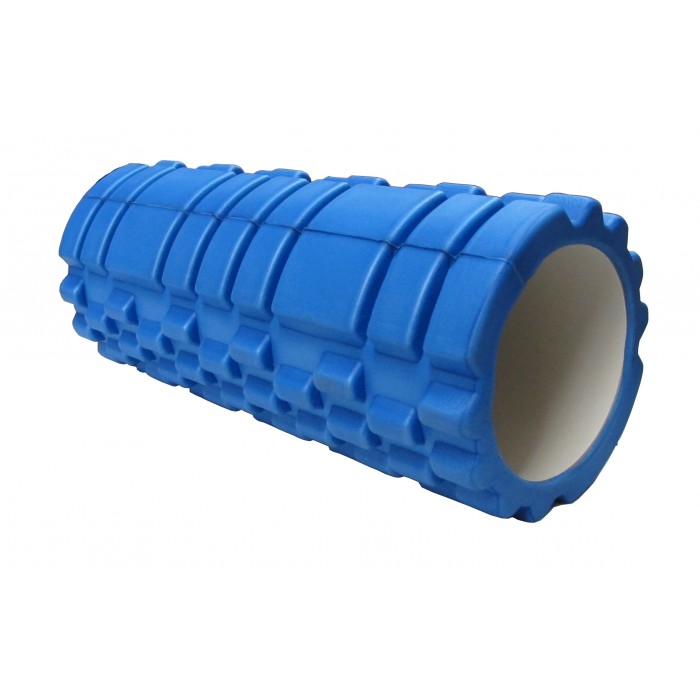
Please note that the disc, swiss ball, foam roller and Pilates balls are available to purchase from our online shop.
featured
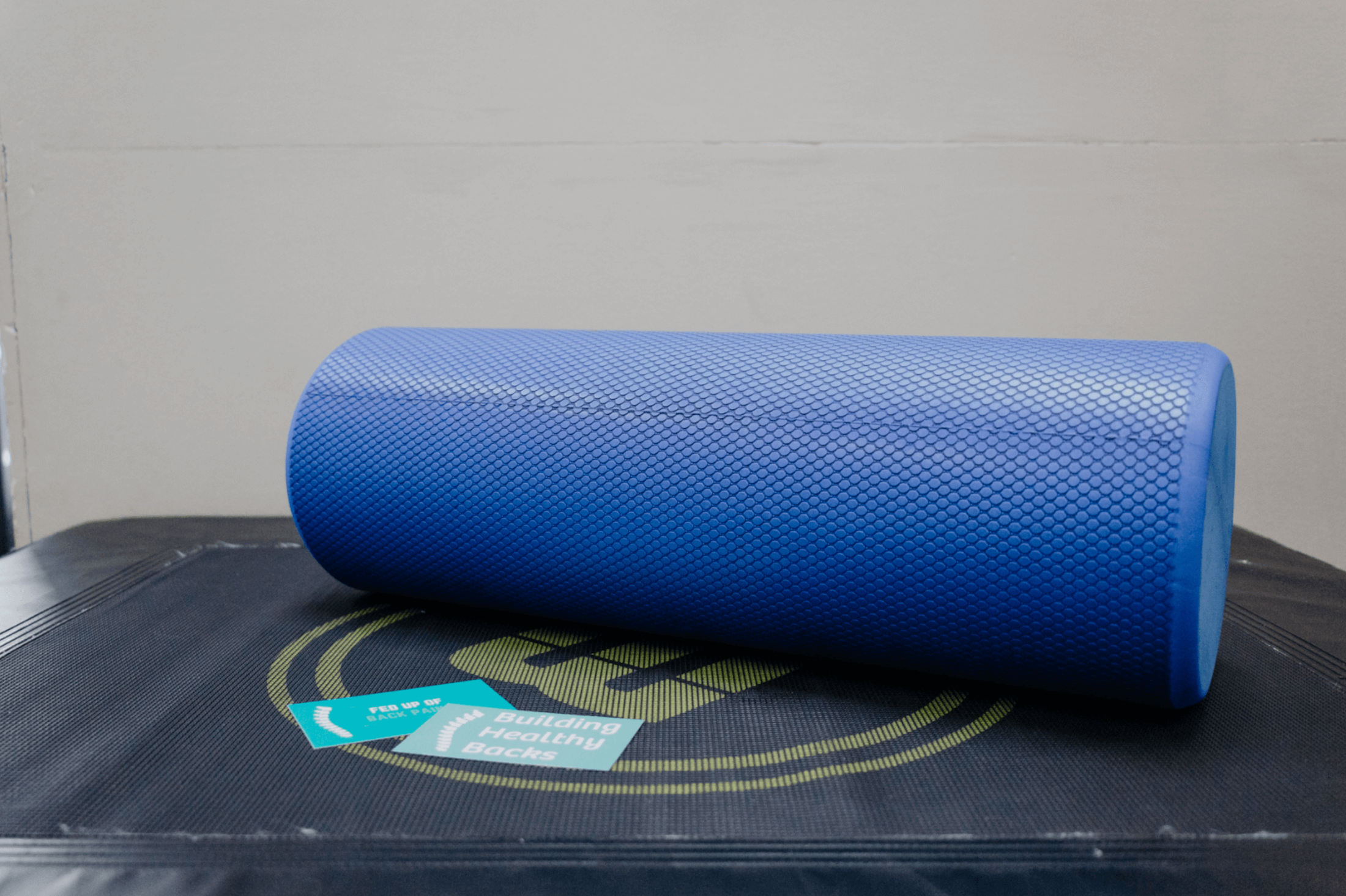
3 Reasons Why We Love Foam Rollers
Not just for sadists (if you’ve used one, you’ll know what I mean), our cylindrical, sometimes knobbly little friends which you find in the stretching area of the gym are fast becoming a firm favourite of ours. We first came across them at a fitness convention way back in 2013 when we were subject to ...
Reading Time: 2 minutes >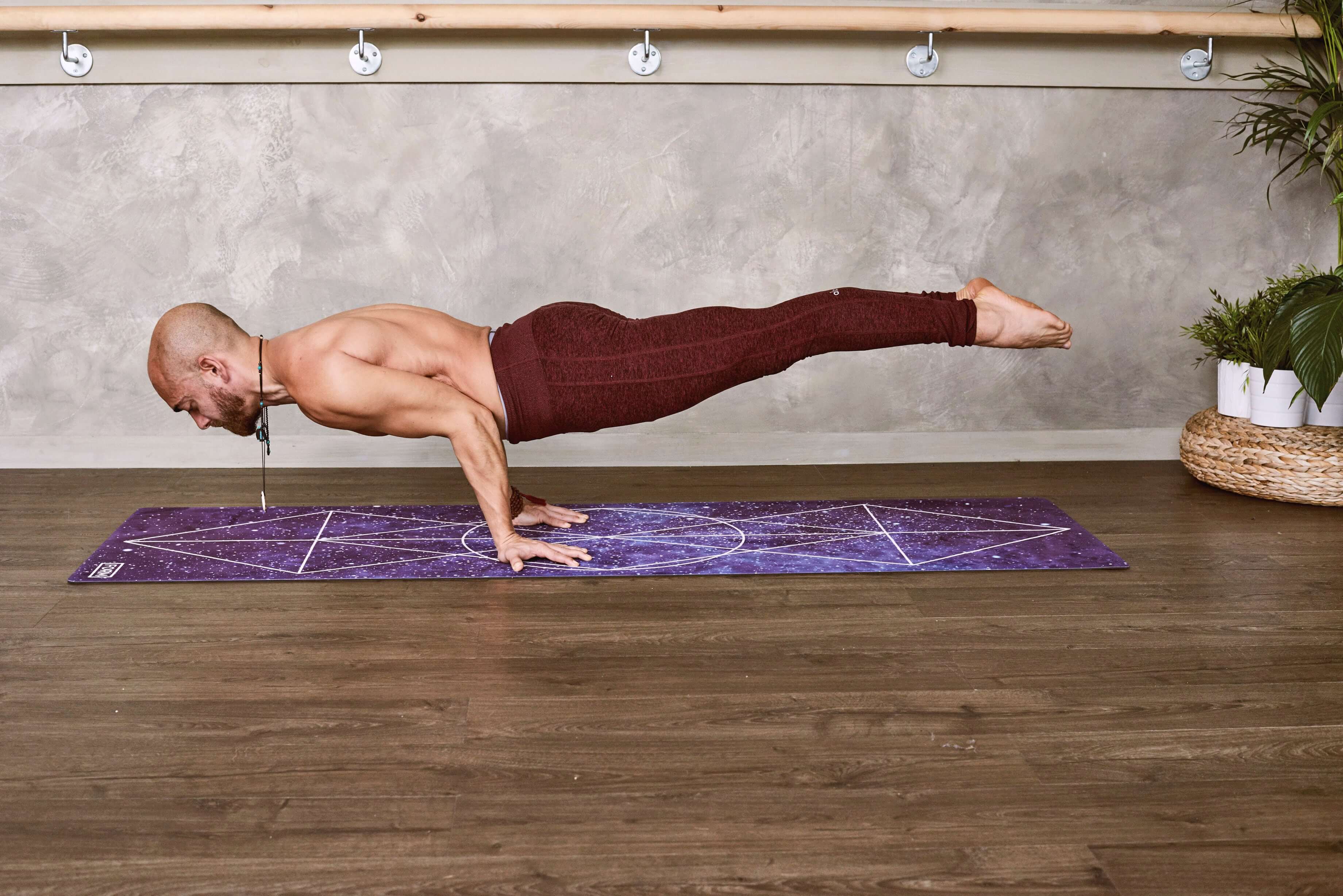
Core Strength and Back Pain
Evidence shows that deconditioning because of pain and reduced activity in people who have chronic back pain can result in weakened muscles of the low back and spine. Understanding Back Pain and Mechanics: The back can only be strengthened effectively when the lumbar spine is moving against resistance. If you experience back pain, you may ...
Reading Time: 4 minutes >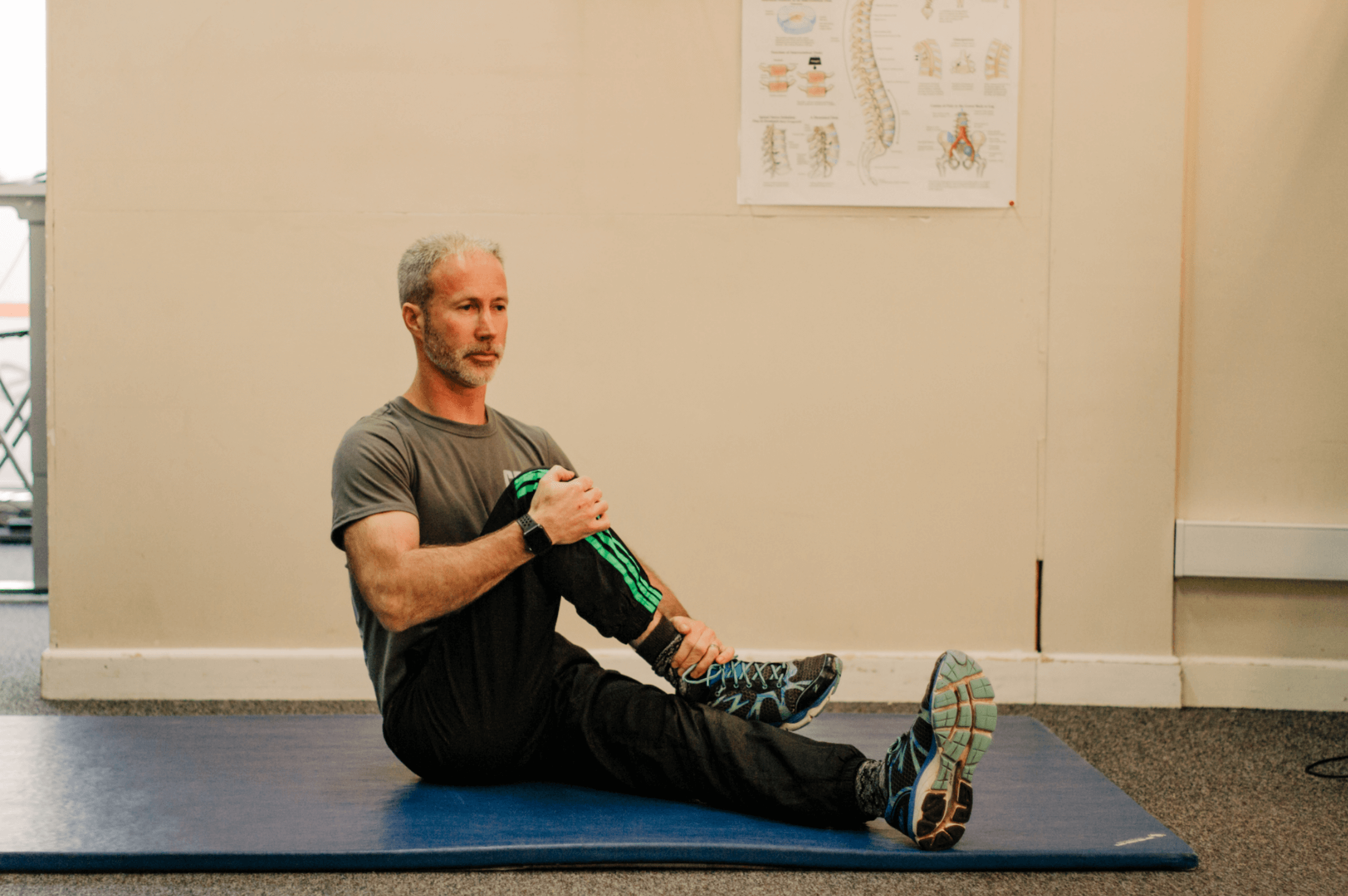
4 Simple Stretches to Beat Back Pain
Back pain is a scourge of our modern lifestyle. Hours spent sedentary at the office, combined with sitting in the car or train for long periods and slumping on the sofa in front of the TV or phone after a hard day can lead to the onset of back problems. Postural changes along with a ...
Reading Time: 2 minutes >
